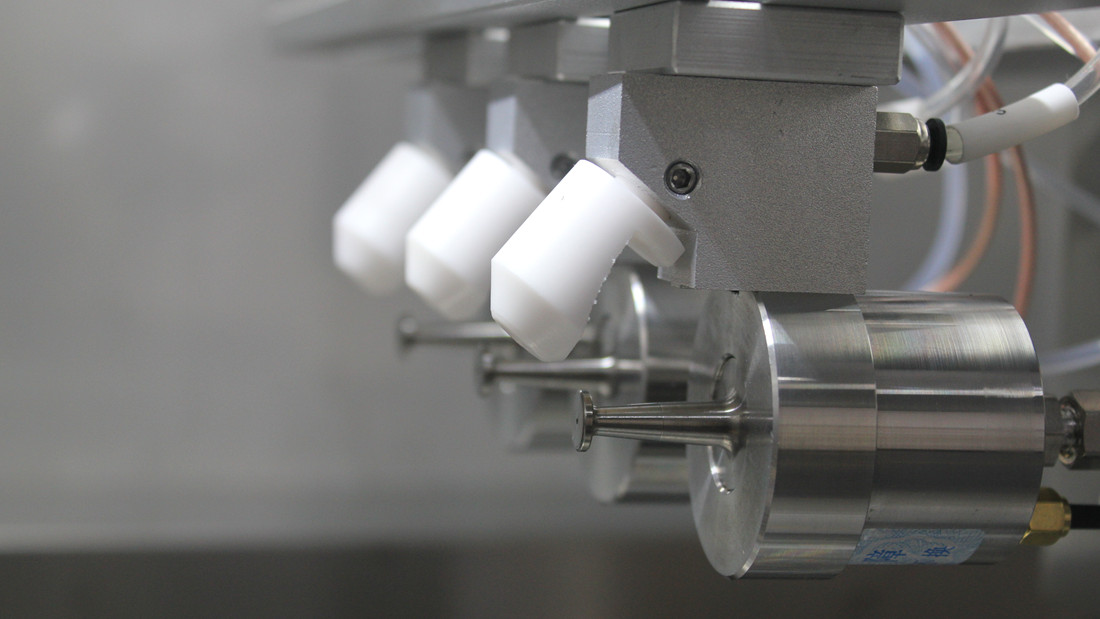Thermal Barrier Coating
Thermal Barrier Coating – Spray Coating System – Cheersonic
Thermal Barrier Coatings are designed to protect metal structural components from extreme high temperatures, thereby reducing stress and fatigue and extending the service life of parts. To provide such a high level of protection, several key components are integrated. Each coating consists of four different layers, each of which adds protective thermal properties and enables the coating to form a unique thermal insulation layer.
Thermal insulation coating composition
A typical thermal coating consists only of a metal layer paired with a ceramic layer. However, a mismatched thermal expansion coefficient can cause damage to the bond where it adheres to the substrate. Sometimes, a “tie layer” is used between the metal substrate and the ceramic layer to help adhesion. These types of thermal barrier coatings have four different layers.
The first part of the thermal coating is the metal substrate itself. Generally, according to the required properties of the final product, the metal that works well with the thermal coating is a single crystal or polycrystalline cobalt or nickel alloy mixed with other elements.
The first layer of the coating is called the bonding layer. The bonding layer enables the coating to bond to the substrate and therefore plays an indispensable role in forming a thermal barrier. The bond coating is usually a metal layer made of a nanostructured ceramic-metal composite material, which adheres the metal layer to the metal substrate and is responsible for generating a second coating of thermally grown ceramic oxide. High temperature occurs when the coating is subjected to surface treatment.
When nanoparticles of alumina and nitride are distributed throughout or along the surface of the bonding layer, the formation of thermally grown oxides is catalyzed. The ceramic layer prevents the substrate from being thermally oxidized by acting as an oxygen diffuser, thereby being responsible for the formation of a uniform insulation layer.
The last layer of the coating is the ceramic outer coating, which is made of yttria stabilized zirconia. The topcoat protects the substrate by keeping other coatings at a lower temperature than the surface.
Advantages of thermal insulation coating with bonding layer
When an adhesive layer is used to assist adhesion, it has several advantages in itself. The coating itself is harder and more wear-resistant, and the stresses sometimes generated in the topcoat due to excessively expanded thermally grown oxides are reduced. In addition, it increases the thermal shock resistance and the overall life of the thermal barrier coating.

Spray application
Ultrasonic spraying equipment can be used to apply thermal insulation coatings. Fully automatic ultrasonic spraying equipment can automatically complete the spraying process without human intervention. Ultrasonic spraying can reduce material consumption by up to 50% and reduce overspray. The cost of ultrasonic spraying equipment is only a small part of CVD and other conventional processes. Highly controllable spraying can achieve selective area coating processes that other coating methods cannot achieve.

